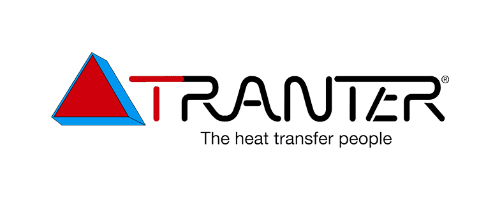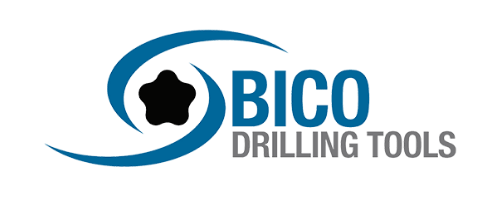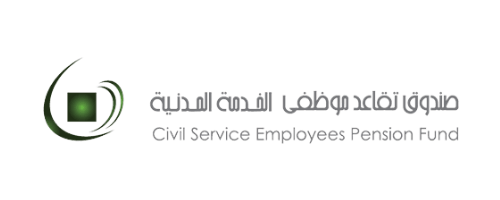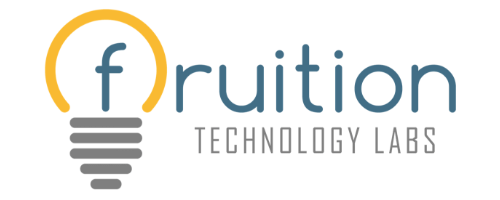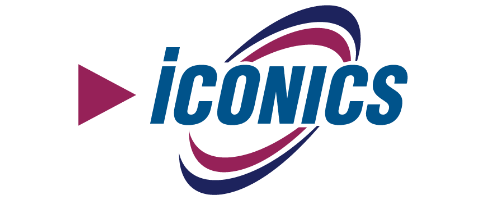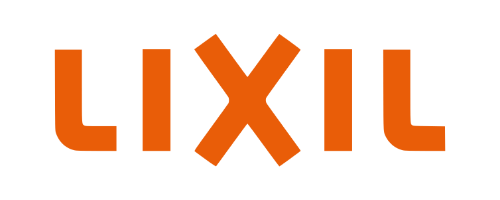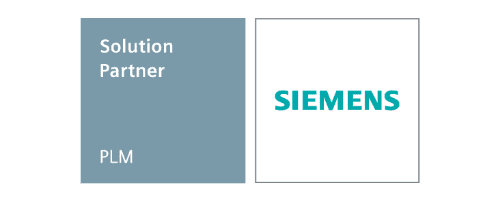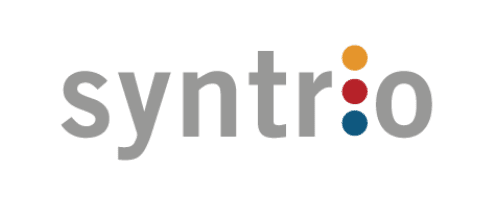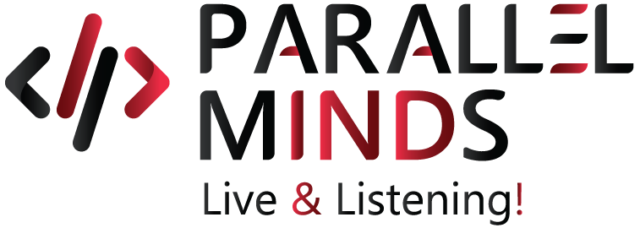Overview iWellBooks is a cloud-based enterprise web application developed by Parallel Minds for TLX, a Norwegian company operating in the oil and gas industry supported by Norwegian Innovation Fund. The platform addresses challenges faced by the industry, such as reliance on server-based software and manual engineering spreadsheets, lack of systematic workflows, and inefficient collaboration.
Overview
iWellBooks is a cloud-based enterprise web application developed by Parallel Minds for TLX, a Norwegian company operating in the oil and gas industry supported by Norwegian Innovation Fund.
The platform addresses challenges faced by the industry, such as reliance on server-based software and manual engineering spreadsheets, lack of systematic workflows, and inefficient collaboration.
By automating processes, improving collaboration, and providing documentation tools, iWellBooks delivers several benefits, including improved regulatory compliance, increased efficiency during well execution, and reduced rig time.
The platform has achieved impressive results, including 100% data collection, a 30% reduction in rig time, and 90% up to date well data. It generates various documentation and books, such as the Well Construction Book, Well Barrier Book, Well As-Built Book, Well Engineering Book, EOWR Book, and Well Collector Book. Additionally, Parallel Minds developed a mobile app extension of iWellBooks for well acceptance criteria, notifications, and dashboard reports.
The tech stack used includes Microsoft .Net Core, Web API, MVC.Net, Microsoft Xamarin Forms, and AWS platform and infrastructure services. The platform has been successfully deployed at INPEX and tested offshore with Woodside, helping TLX and its clients optimize well planning and execution processes.
Challenge
- Reliance on server-based software: The oil and gas industry has been heavily dependent on server-based software, which can limit accessibility, scalability, and collaboration. This reliance on outdated technology hinders efficiency and productivity.
- Manual engineering spreadsheets: Many companies in the industry still rely on manual engineering spreadsheets for various tasks, including planning, scheduling, and documentation. This manual approach is time-consuming, error-prone, and lacks standardization.
- Lack of systematic workflows: Onshore-generated work packages, procedures, and critical quality indicators often lack systematic workflows. This leads to inconsistencies, delays, and difficulties in tracking and managing well-related activities.
- Inefficient collaboration: Collaboration between onshore and offshore departments is often inefficient, with communication barriers, information gaps, and delays in decision-making.
This lack of effective collaboration can result in inefficiencies and errors during well planning and execution.
Solution
- Improved and expanded regulatory compliance: iWellBooks provides a structured and auditable approach to documentation, ensuring compliance with regulatory requirements. It simplifies the process of generating regulatory reports and ensures all necessary information is captured accurately.
- Increased efficiency during well execution: The platform automates various processes, streamlines workflows, and provides real-time visibility into well-related activities. This enhances efficiency, reduces manual errors, and allows teams to track progress and make informed decisions more effectively.
- Reduced rig time: By optimizing planning and execution processes, iWellBooks helps reduce rig time, leading to cost savings and improved operational efficiency. The platform enables better coordination and synchronization of activities, minimizing downtime and delays.
- 100% data collection and improved efficiency: iWellBooks ensures comprehensive data collection, eliminating the risk of missing or incomplete information. This data-driven approach improves operational efficiency, facilitates data analysis, and supports informed decision-making.
- Up to date well data: The platform maintains up to date well data by capturing and organizing information throughout the drilling, completion, and handover operations. This ensures that all stakeholders have access to accurate and relevant information, promoting transparency and collaboration.
- Enhanced collaboration: iWellBooks provides a centralized platform for onshore and offshore teams to collaborate seamlessly. It enables real-time communication, document sharing, and task management, fostering better collaboration and reducing communication gaps.
Results
- Improved regulatory compliance: iWellBooks ensures compliance with regulatory requirements, simplifying documentation processes and ensuring accurate reporting.
- Increased operational efficiency: The platform streamlines workflows, reduces manual errors, and provides real-time visibility, leading to improved efficiency during well execution.
- Cost savings: By optimizing planning and execution processes, iWellBooks reduces rig time, resulting in cost savings and improved operational efficiency.
- Data accuracy and accessibility: iWellBooks ensures comprehensive data collection and maintains up-to-date well data, facilitating informed decision-making and supporting transparency and collaboration among stakeholders.
- Enhanced collaboration: The platform fosters seamless collaboration between onshore and offshore teams, reducing communication gaps and improving overall collaboration efficiency.
Conclusion
Overall, iWellBooks transforms the way well-planning and execution processes are managed in the oil and gas industry. It brings automation, collaboration, and documentation capabilities to streamline operations, improve efficiency, and reduce rig time. The platform has already demonstrated its effectiveness at TLX and its clients, such as INPEX and Woodside, making it an asset for optimizing well-related activities.
Share:
More Case Studies

Learning Management System
Overview Revolutionizing Online Compliance Training with a Modern, Scalable, and Engaging Learning Management System Industry: Online

iWellBooks – Well Planning & Execution System
Overview iWellBooks is a cloud-based enterprise web application developed by Parallel Minds for TLX, a
Have a business challenge that requires a low code solution?
Our Esteemed Clients
Parallel Mind has been assisting Fortune 500 companies and established brands in building robust software foundations for over 16 years.
